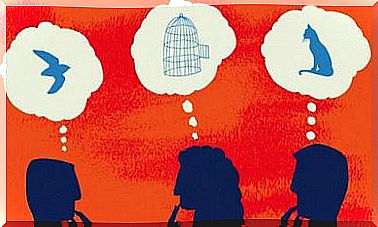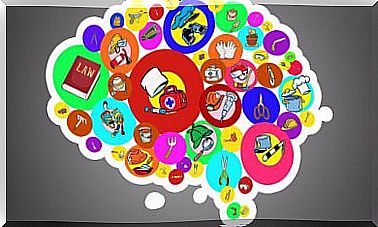The Theory Of The Six Degrees
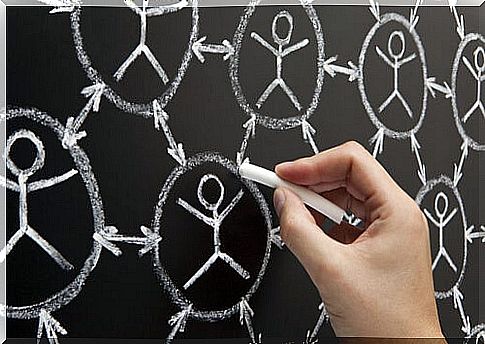
Do you think it would be easy to get to know your favorite actor or the members of the group that you have been passionate about for years? According to the theory of the six degrees, it would not be difficult. This hypothesis states that any inhabitant of the Earth is connected with all the others by a maximum of six personal, acquaintances or friendship relationships.
Therefore, we could reach anyone on the planet through no more than five intermediaries. Imagine you want to get to know famous actor Will Smith. Maybe you have a relative who works in an advertising agency, and maybe his boss worked before in the US, where he knows an artist representative who has worked with a musician, who sometimes collaborates with the famous actor. It sounds convoluted, but you’d be surprised.
The beginnings of the theory of the six degrees
This curious theory was initially proposed by the Hungarian writer Frigyes Karinthy, in 1930, from a story called Chains . According to the writer, the idea of the theory of the six degrees is based on the fact that the number of known people grows exponentially with the number of relationships in the chain.
In this way, only a small number of links would be necessary for the set of individuals that any person could meet would become the entire population of the planet. This concept was picked up by the sociologist Duncan Watts in the book Six degrees: the science of a connected age .
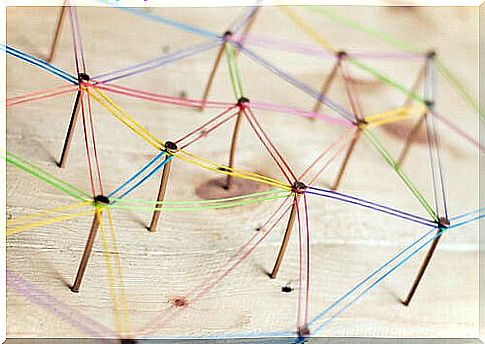
Operation of the theory of the six degrees
Of course, this theory must be based on numbers, so an average of the people that each individual can meet is established. According to the theory of the six degrees, each person in the world knows another hundred, among friends, family and co-workers. Although, in principle, it is difficult for us to list a hundred people we know, it would be enough with a quick glance at the list of friends of any social network to see that it is not only possible, but quite common.
Well, if each of our 100 acquaintances is related to 100 other people, the number would increase to 10,000 with just the second link in the chain. In principle, we do not know most of these 10,000 people, but they would be easily accessible by losing our friends or family to introduce them to us.
Of course, the hypothesis also considers that none of our 100 acquaintances has relationships in common with the next 10,000. Although, in practice, this would not be true, we must also consider that it is quite likely that many of our acquaintances had access to more than 100 people, which could balance the situation.
Continuing with the links in the chain, in the next step we could increase the number of people to 1,000,000 and, with another, to 100,000,000. At a fifth level, we would reach 10,000,000,000, and 1,000,000,000,000 people at the sixth level. This far exceeds the total population of the planet, so the relationships that the members of the chain have in common could be compensated without problems.
The theory of the six degrees and networking
This theory is closely related to the concept of networking. This is a professional and business practice based on building a strong and helpful network of contacts. In addition, since it is a fairly effective way to get a job, networking is highly encouraged by university students, who want to integrate into the world of work. That’s where Six Degree Theory comes in as a way to build interesting professional relationships.
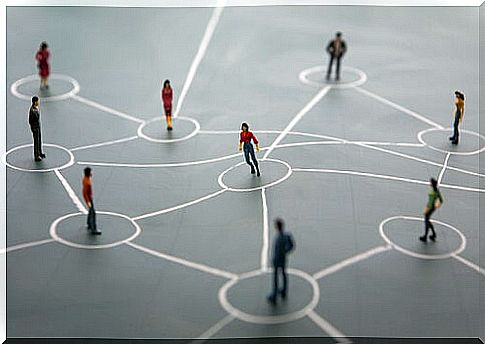
Consider another example: a hotel doorman meets the owner of that hotel. He meets the owner of a more prestigious hotel, who, in turn, meets a senior government official, who knows the president. In this way, with only five relationships we have gotten from the doorman of a hotel to the president. Of course, they don’t have to be strong friendships, and in most cases, they won’t be. However, this is not necessary in order to establish a relationship.
Being able to establish a relationship with anyone in such a seemingly simple way is incredibly helpful in gaining career opportunities. In addition, it is a curious entertainment to think about how many relationships we might need, and through whom, to reach anyone.


